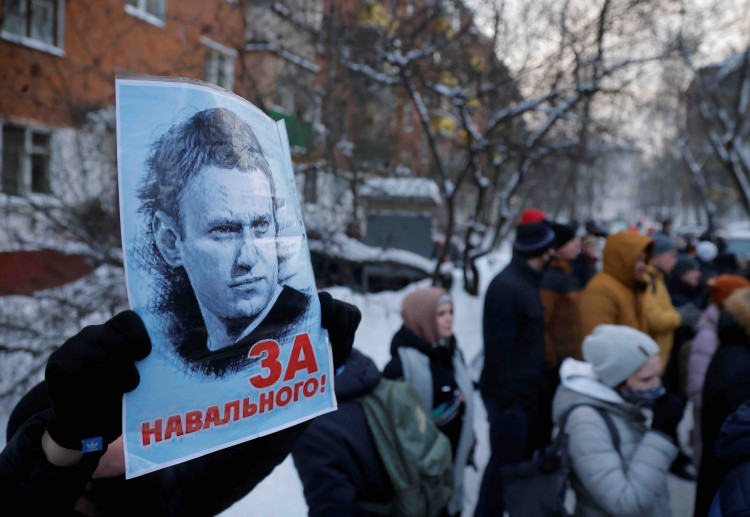In an emotionally charged ceremony in Moscow, thousands converged at the Soothe My Sorrows church to pay their final respects to Alexei Navalny, Russia's most vocal critic of President Vladimir Putin. The funeral, which took place under a heavy police watch, saw the late opposition leader's coffin arrive amidst chants of "Navalny, Navalny!" from the assembled mourners.
The service for Navalny, who died under mysterious circumstances last month at the notorious IK-3 penal colony, known as "Polar Wolf," in the Russian Arctic, was marked by both grief and defiance. His family, including his mother Lyudmila who fought to retrieve his body, and supporters, braved the potential threat of arrest to honor a man they hailed as a true leader and beacon of hope.
Western diplomats from the US, Germany, and France were present, signifying the international impact of Navalny's political activism. Despite Kremlin warnings against unsanctioned gatherings, the crowd's spirit remained undeterred, with many echoing Navalny's own words, "You're not allowed to give up."
Inside the church, where Navalny's open casket lay, his mother Lyudmila was seen in a poignant image sitting by his side, a stark reminder of the personal cost of political dissent in Russia. The service was streamed live, drawing over 250,000 viewers online, highlighting Navalny's widespread influence.
The Kremlin has remained silent on Navalny's death, with President Putin yet to comment. However, the international community has been vocal, with President Biden and Secretary of State Antony Blinken expressing their suspicions about the Kremlin's involvement in Navalny's death.
Navalny's death has reignited discussions about the future of Russia's opposition movement, with many vowing to continue his work. His wife, Yulia Navalnaya, has already pledged to carry on his legacy, emphasizing the enduring power of Navalny's vision for a free and peaceful Russia.
As the mourners dispersed, the message was clear: Navalny's fight for democracy and transparency in Russia would not end with his burial. The ceremony was not just a farewell to a man but a recommitment to the ideals he stood for, even in the face of adversity and danger.






